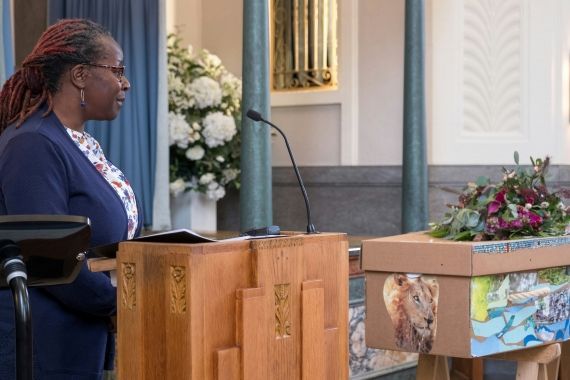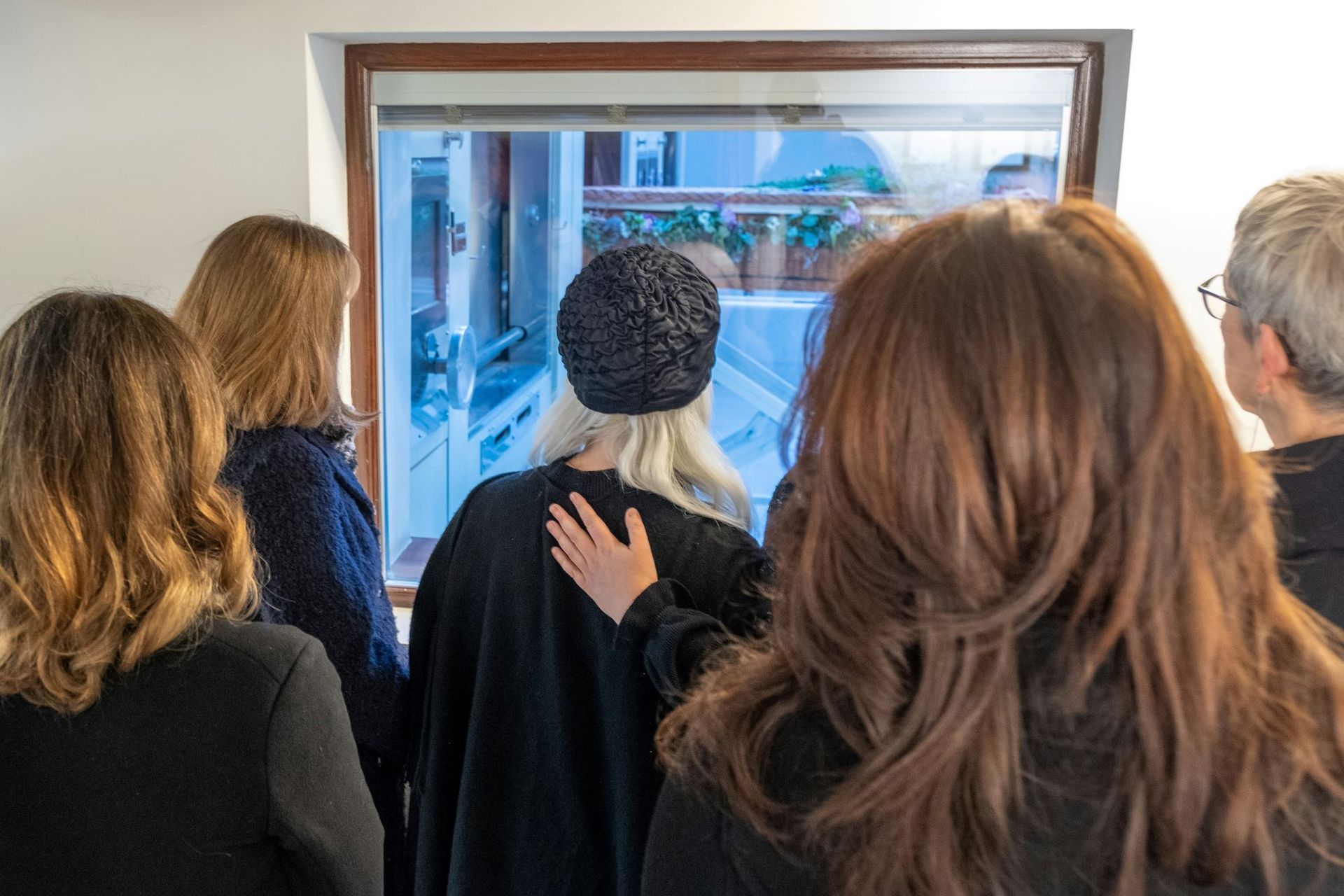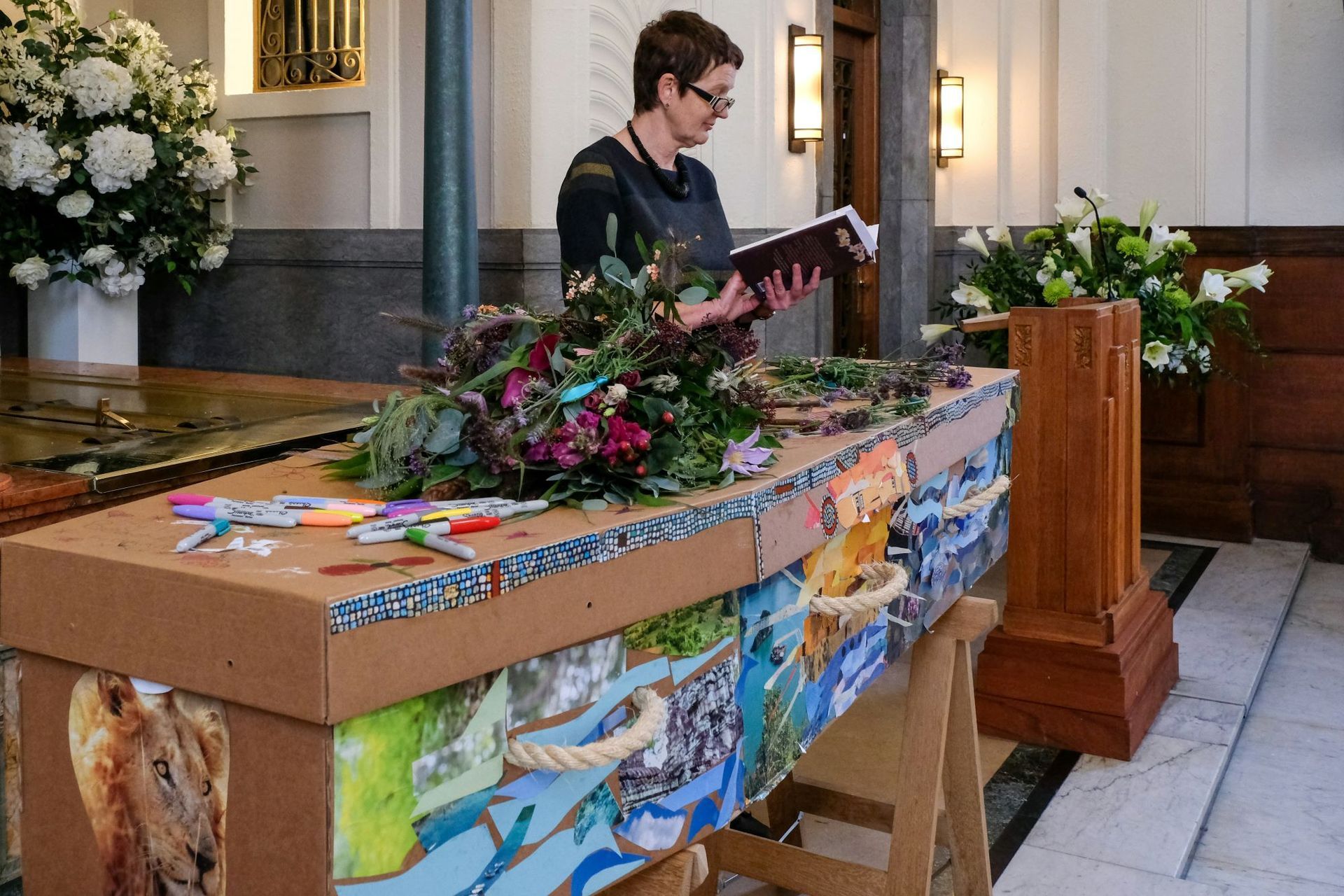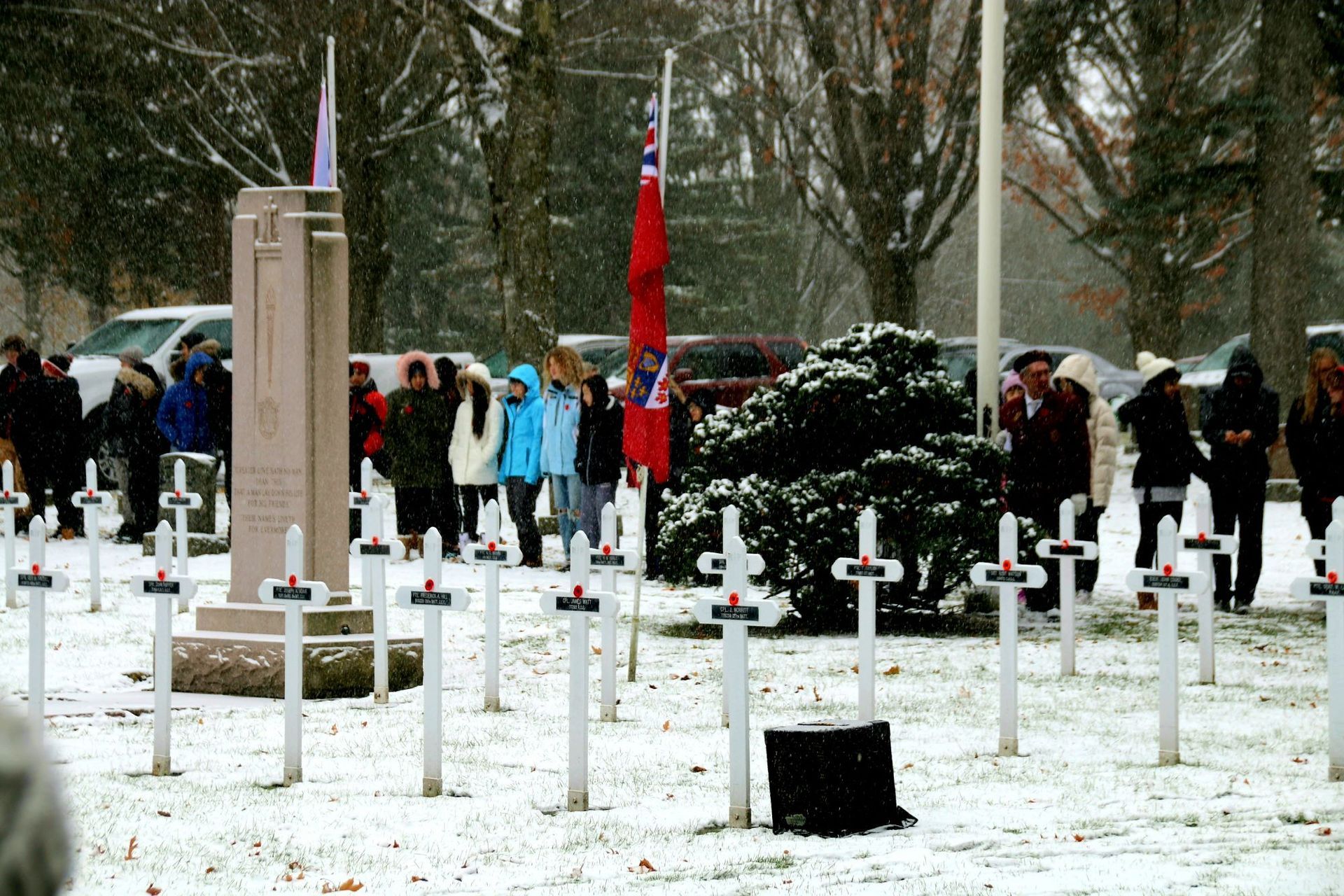How to Create a Meaningful Memorial Through Storytelling

Creating a meaningful memorial is one of the most profound ways to honor a loved one’s legacy. A key element in making any memorial truly special is the use of storytelling. Storytelling captures the essence of who the individual was, allowing family and friends to remember them not just for the events of their life but for the memories, emotions, and values they shared with others. By carefully weaving personal stories into a memorial service, whether during traditional funerals or cremation services in Alamo, TX, you can provide a sense of comfort, connection, and continuity.
Why Storytelling Matters in Memorials
Storytelling brings a deeply personal touch to any memorial service, transforming it from a formal gathering into a celebration of life. When done thoughtfully, it offers:
- Emotional Connection:
Storytelling allows attendees to remember shared experiences and reflect on the impact the deceased had on their lives. This emotional connection can help foster a sense of healing and acceptance among mourners.
- Personalization: Every life is unique, and a memorial service should reflect that individuality. By incorporating stories that highlight the deceased’s quirks, accomplishments, and passions, the service becomes a personal and heartfelt tribute.
- Legacy Preservation:
Through storytelling, the memories and values of the person live on. Stories offer a way for future generations to know their ancestors, keeping their spirit alive through shared family history.
- Shared Healing: Memorials are not just for the deceased but for the living. Telling stories gives everyone an opportunity to express their grief, celebrate the life lived, and feel part of a collective healing journey.
How to Incorporate Storytelling in a Memorial
Incorporating storytelling into a memorial service can be done in several meaningful ways. Here are some ideas to guide you:
- Invite Loved Ones to Share Stories: One of the simplest yet most effective ways to weave storytelling into a memorial is by inviting family and friends to share their personal anecdotes. These stories can range from humorous moments to deeply sentimental memories, painting a full picture of the deceased’s character.
- Create a Memory Book:
Ask attendees to contribute written stories, photos, or mementos to a memory book. This book can serve as a permanent keepsake, offering comfort in the days and years following the memorial. It allows everyone to engage with the storytelling process, even if they are not comfortable speaking in front of a crowd.
- Use Multimedia Presentations: Videos, photo slideshows, or recorded audio messages are excellent ways to incorporate storytelling into a service. These multimedia elements can highlight important life moments, achievements, and personal reflections, offering a visual and auditory narrative that enriches the memorial experience.
- Select Music and Readings with a Story:
Music and literature have the power to evoke memories and emotions. Choose songs or readings that reflect the deceased’s favorite themes or moments in their life. Whether it is a favorite hymn, a poem, or a passage from a book, these elements can tell a story of their values and personality.
- Create a Timeline of Significant Events: A timeline can be an effective visual storytelling tool. Display important milestones of the person’s life, such as their birth, graduation, marriage, or key accomplishments. Each point on the timeline could be accompanied by a short story or anecdote shared by those closest to them.
Choosing the Right Stories
The stories told at a memorial service should reflect the true spirit of the individual being honored. To achieve this, consider these tips:
- Focus on Positive and Meaningful Moments: While it is important to be honest in reflecting on someone’s life, a memorial service is not the place for unresolved conflicts or negative memories. Focus on moments that bring peace, humor, or inspiration to those attending.
- Highlight Character and Values:
Look for stories that reflect the person’s values, such as generosity, kindness, or resilience. These stories often have the most impact, as they serve as lessons and reminders for those still living.
- Include Diverse Perspectives: Encourage stories from various stages of the person’s life—childhood friends, colleagues, family members, and neighbors. This variety provides a fuller picture of who they were and how they touched different lives.
The Role of Funeral Directors in Storytelling
Funeral directors can play a vital role in facilitating storytelling during a memorial service. By working closely with the family, they can help identify meaningful ways to incorporate personal stories and memories into the service, whether through speeches, multimedia presentations, or keepsakes. For families opting for cremation services in Alamo, TX, funeral homes can offer guidance on how to blend storytelling into more intimate or less traditional settings.
Directors can also assist in creating an atmosphere that encourages storytelling, from arranging the seating to preparing multimedia equipment. The goal is to make sure that the service is smooth, organized, and respectful while still allowing for the raw emotion and spontaneity that storytelling often brings.
Conclusion
Storytelling is a powerful tool for creating a meaningful and lasting memorial. By sharing stories, we not only honor the life of a loved one but also create a shared space for healing, connection, and reflection. Whether you are planning a traditional service or exploring cremation services in Alamo, TX, storytelling can be the key to making the memorial truly special and personal.
If you are seeking assistance in crafting a unique and meaningful memorial service, Memorial Funeral Home in Alamo, TX, is here to help. Our experienced staff can guide you in integrating storytelling and other personal touches that ensure your loved one’s legacy is honored with dignity and grace.











